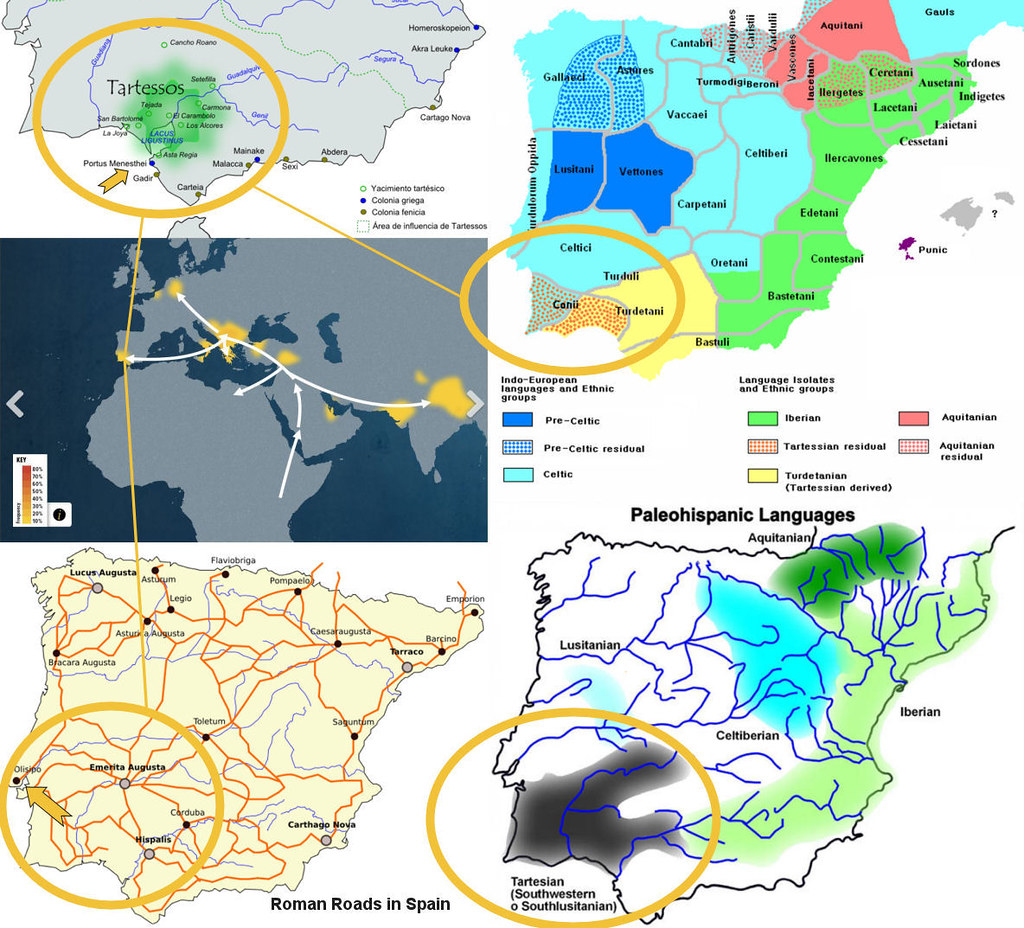Tartessos Civilization: Exploring the Enigmatic Ancient Kingdom
The Tartessos Civilization, shrouded in mystery and intrigue, is an ancient kingdom that thrived in the Iberian Peninsula during the first millennium BCE. Despite its significance in pre-Roman history, Tartessos remains a captivating enigma, with limited archaeological evidence and conflicting historical accounts. This article delves into the realm of Tartessos, unraveling its history, culture, and ultimate fate.
Unraveling the Origins of Tartessos
Tartessos emerged as a prominent civilization in the late Bronze Age, around the 9th century BCE. The precise origins of Tartessos are still debated among scholars. Some suggest that it developed from local indigenous cultures, while others propose that it was influenced by Phoenician or Mycenaean civilizations. The lack of definitive archaeological evidence and written records from the time make it difficult to ascertain its origins.

Flourishing Trade and Cultural Exchange
Tartessos thrived due to its strategic location near essential trade routes connecting the Mediterranean and Atlantic worlds. The civilization engaged in extensive trade, facilitated by its access to abundant mineral resources, such as gold, silver, and copper. This flourishing trade network allowed Tartessos to engage in cultural exchanges with various Mediterranean societies, including the Phoenicians and Greeks.

The Legendary Wealth of Tartessos
Tartessos gained legendary status due to its reputed wealth. Ancient Greek and Phoenician sources describe Tartessos as a kingdom of great riches, attracting traders and adventurers from afar. The mention of Tartessos in the works of classical writers like Herodotus and Strabo further fueled its reputation as a land of extraordinary opulence. The lure of Tartessian riches captivated the imagination of many, inspiring expeditions and quests for its fabled wealth.

The Legacy of Tartessos
Despite the limited archaeological evidence, Tartessos has left a lasting impact on the cultural and historical landscape of the Iberian Peninsula. The civilization played a crucial role in developing indigenous Iberian cultures and influenced subsequent societies, including the Phoenicians and Carthaginians. Tartessian art, characterized by its distinctive style, often featuring geometric motifs and animal designs, continues to captivate art historians and archaeologists.

Debating the Fall of Tartessos
The decline and ultimate fall of Tartessos remain an unsolved puzzle. Various theories speculate on the causes, ranging from natural disasters like earthquakes and floods to political and economic upheavals. Some researchers propose that the Phoenician and Greek influences gradually assimilated Tartessos into their societies, while others argue that internal conflicts or invasions by outside forces led to their demise. The actual fate of Tartessos continues to elude us.
References
- Cunliffe, B. (2004). The Celts: A Very Short Introduction. Oxford University Press.
- Herrmann, G. (2009). Tartessos and the Phoenicians in Iberia. University of Chicago Press.
- Ribeiro, A. S., & Rovira, S. (2016). Tartessian as a Celtic Language. Palaeohispanica, 16, 339-359.
Sources
- Archaeology Magazine: https://www.archaeology.org/
- Ancient History Encyclopedia: https://www.ancient.eu/
- Britannica: https://www.britannica.com/
FAQ
Q1: What is the location of Tartessos?
A1: Tartessos was located in the Iberian Peninsula, encompassing parts of modern-day Spain and Portugal.
Q2: Is there any tangible evidence of Tartessos’ existence?
A2: The evidence for Tartessos is limited, with only a few archaeological sites discovered and a reliance on ancient texts and legends for historical accounts.
Q3: Did Tartessos have a written language?
A3: No written records of Tartessos have been found to date. The civilization relied on oral traditions and is known mainly through accounts from Greek and Phoenician sources.
Q4: How long did Tartessos endure as a civilization?
A4: Tartessos thrived from approximately the 9th century BCE to the 6th century BCE, but the precise duration is uncertain due to the lack of extensive archaeological evidence.
Q5: What is the significance of Tartessos in history?
A5: Tartessos played a pivotal role in pre-Roman Iberian history, serving as a cultural and economic hub with wide-ranging influences on subsequent civilizations in the region.
In conclusion, Tartessos remains an enigmatic and intriguing civilization of ancient times. Its origins, wealth, and ultimate demise continue to fascinate historians and archaeologists, as they strive to piece together the fragments of its history. While Tartessos may never fully reveal its secrets, its legacy endures, leaving an indelible mark on the historical narrative of the Iberian Peninsula.

